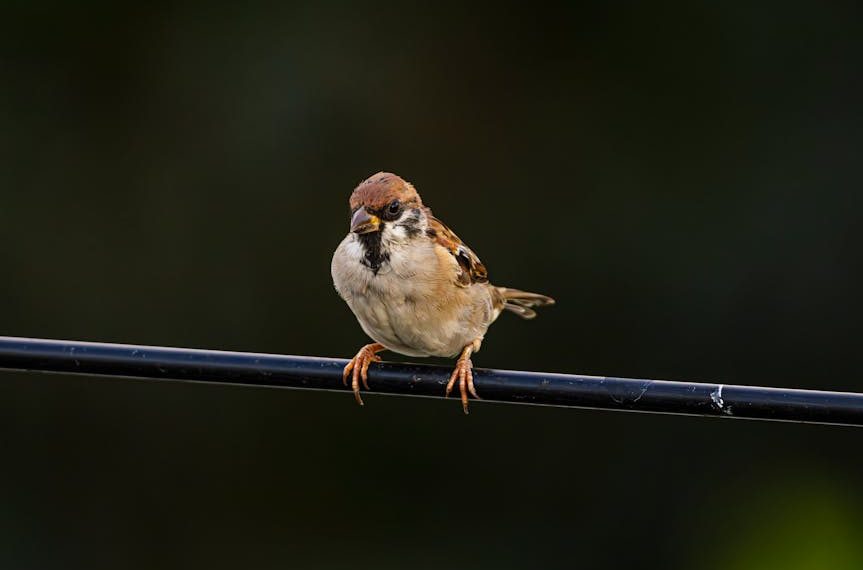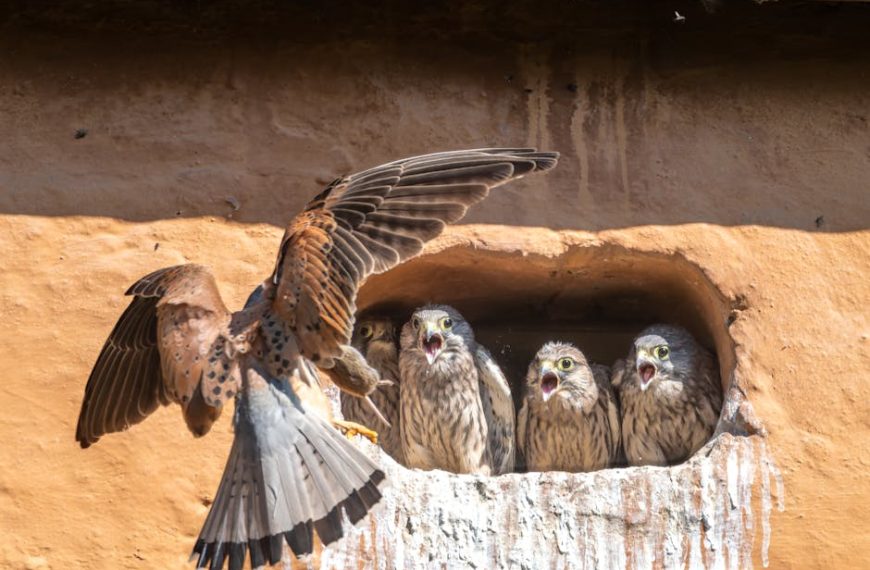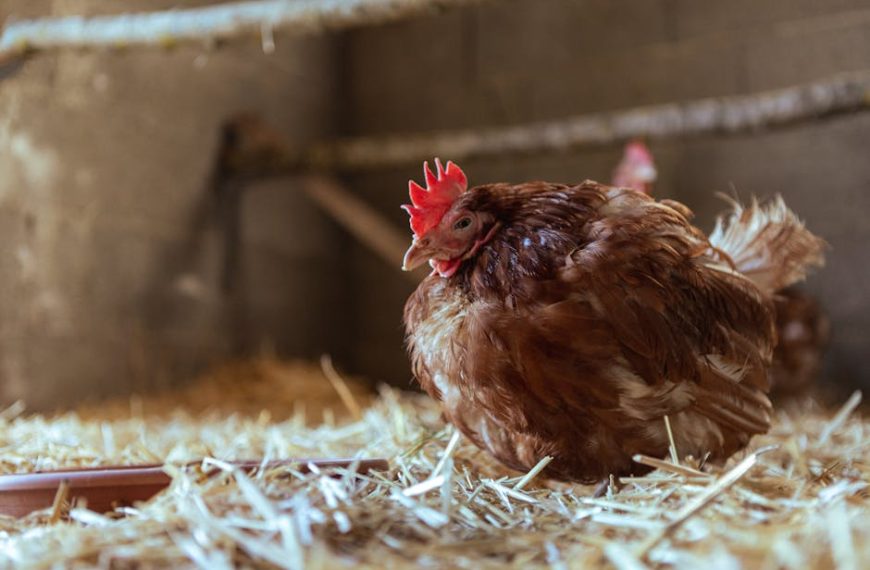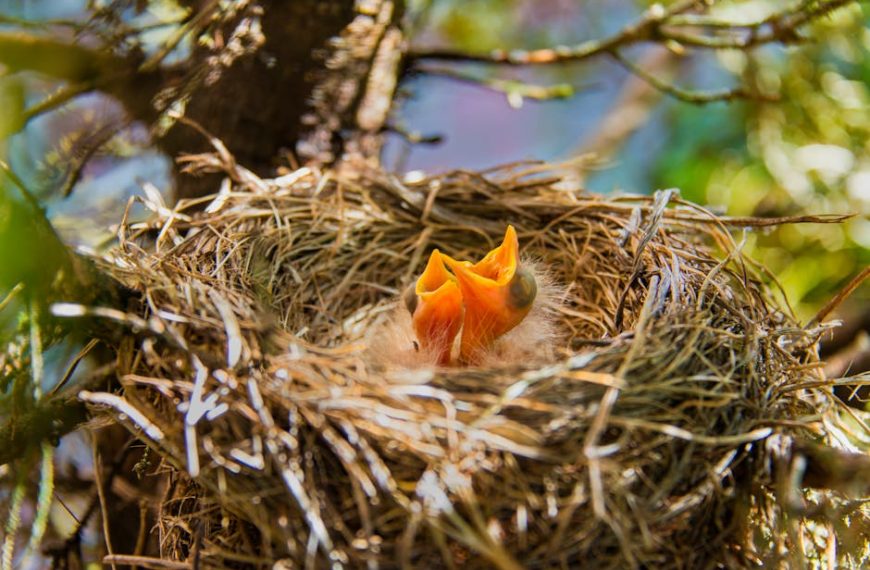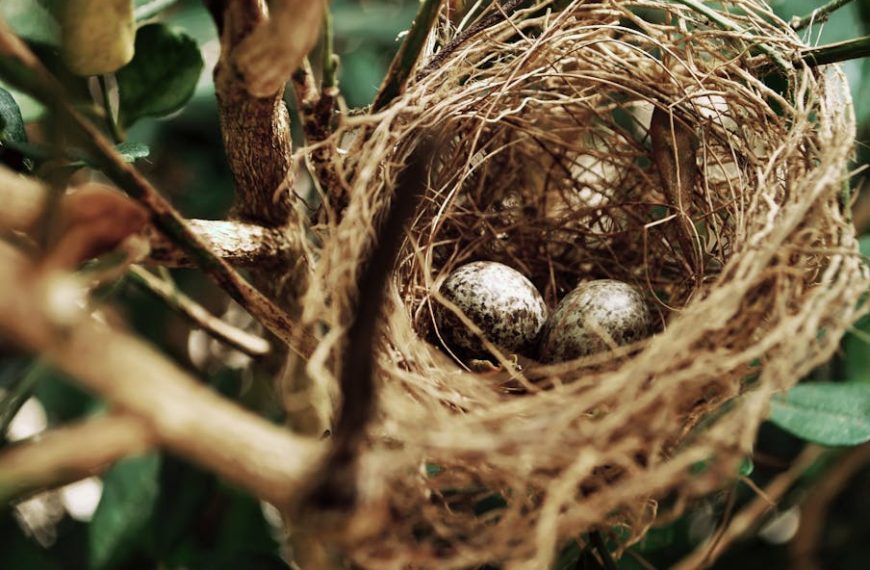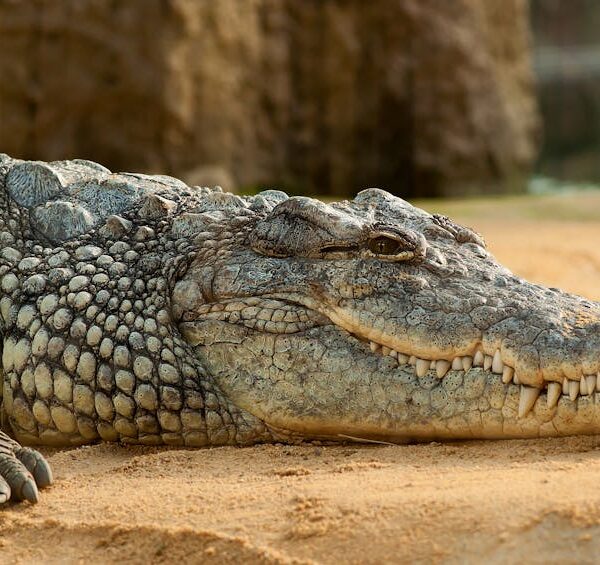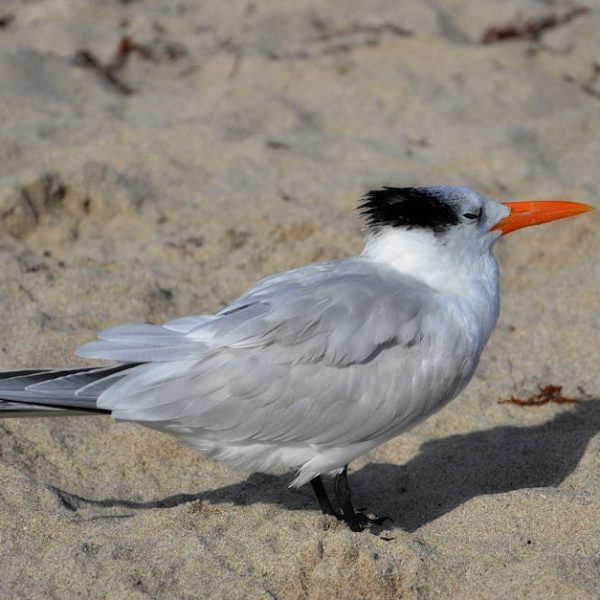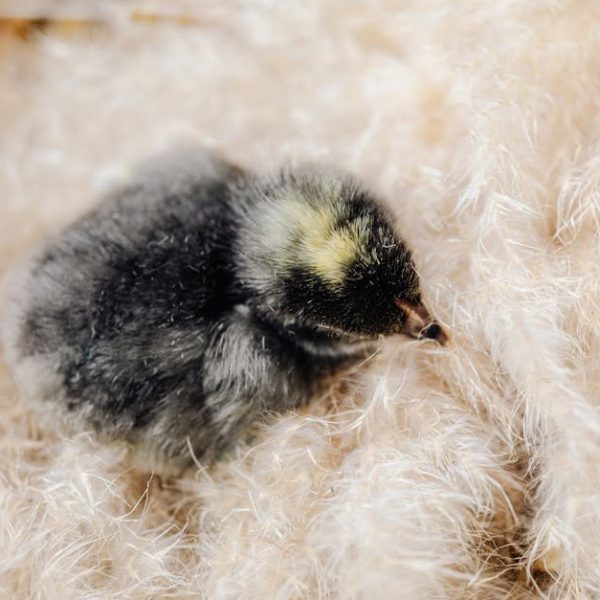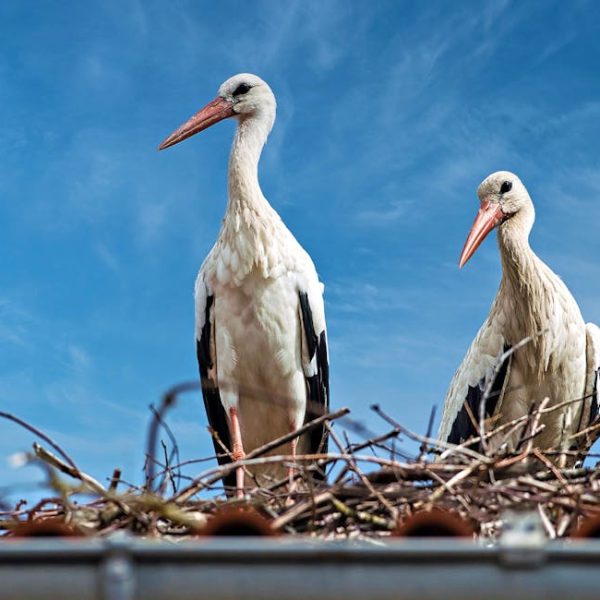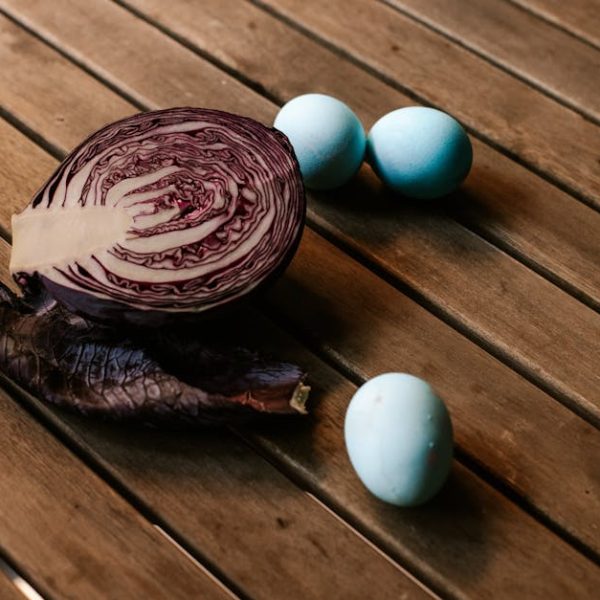Bird reproduction is a captivating process that’s dictated by a cycle of courtship, mating, incubation, fledging, and rearing. While these steps are a universal part of the journey, the exact methods and techniques can vary grandly across different bird species. To navigate through the rich tapestry of complexities in bird mating and reproduction, each vital stage of the sequence will be unveiled in this article.
The Courtship Process
Courtship is the inaugural stage and functions as an aesthetic mating game where birds use their most attractive lures to win over potential partners. The rituals can go beyond the standard show of physical appeal, extending to prowess demonstrations and complex mating dances. The purpose of these displays is simple: to underscore the sender’s health, strength, and relationship-worthiness.
- Singing: Notably utilized by songbirds, this ritual involves churning out intricate and melodious tunes to secure the attention of a potential mate.
- Display of plumage: Birds like Peacocks and Birds of Paradise use their vivid, resplendent feather displays to allure and impress prospective partners.
- Dancing: Bowerbirds, for example, engage in meticulous and elaborate dance routines where the slightest misstep could mean rejection.
Remember, the magnitude and execution of these courting rituals can be a decisive factor in the ensuing mating success.
The Mating Process
Once a partner is chosen, the actual process of mating comes into play. The predominant method for most birds is cloacal kissing, where there’s a direct transfer of sperm from the male to the female. However, certain species display fascinating adaptabilities to this norm.
- Cloacal kissing: In this practice, male and female cloacas–the shared opening for their reproductive, digestive, and urinary tracts–are pressed together for the transference of sperm.
- Internal genitalia: Some waterfowl, in an evolution-defying move, contain internal genitalia aiding them in mating to prevent the sperm from getting diluted by the water.
It’s crucial to remember that a successful mating process in birds typically relies on mutual consent and cooperation, not coercion or force.
Could we take a quick pause to appreciate the astounding dance displays by our feathered friends? Far from just being a spectacle, these performances serve as a pivotal phase in their reproductive journey. Stay tuned as we delve deeper into the consecutive stages of bird reproduction.
Egg Laying and Incubation Stage
After the mating phase, egg-laying edges onto the scene, with the mother bird depositing the eggs in nests varying in artistry and material usage. Then enters the incubation stage, where the parent birds share the responsibility of warming the eggs until they hatch.
- Types of nests: Bird nests can range from rudimentary holes in the ground utilized by some seabirds, to architecturally complex weaves created by species like weavers.
- Incubation roles: While some birds like pigeons divvy up the incubation task between the sexes, others like Emperor penguins see primarily the males taking up the charge.
It’s intriguing to see the innate pros and cons of each nesting type and the parenting method, which appear perfectly in tune with their corresponding environment and species-specific needs. Nonetheless, the goal remains unchanged–ensuring the survival and growth of the new generation.
Chick Rearing and Fledging Stage
After the excitement of the hatching phase, we move onto chick rearing. Birds really showcase their parental abilites here, with their responsibilities stretching from feeding to protecting the young, and eventually teaching them to fly.
- Altricial birds: The young of species like crows and sparrows are born relatively helpless. This warrants intense care from the parents which includes regular food delivery and vigilant protection from predators.
- Precocial birds: Conversely, precocial birds like ducks and chickens give birth to chicks that are far more developed, able to feed themselves soon after hatching.
Through all this, the paramount balance to strike is between providing the necessary care and fostering independence–ultimately, the young birds have to survive on their own.
Fascinating Bird Reproduction Facts and Phenomena
Beyond the general process and stages, bird reproduction is packed with intriguing tales and captivating phenomena. From exceptional parenting techniques to record-setting mating rituals, the bird kingdom has it all.
- Flamingos, for example, produce crop milk, a nutrient-dense secretion rich in protein and fat that both parent birds feed to their chicks–quite akin to mammalian lactation.
- Emperor penguins take on the harshest climates to protect their sole egg. The males keep the egg warmed tucked into their bodies, going without food for over two months until the females return from hunting.
- The African long-tailed widowbirds, also known as Euplectes progne, are known to have the longest tail feathers relative to body size in any bird species, offering an awe-inspiring sight during their courtship flights.
Comparatively, the mating and reproduction methods of bird species can differ monumentally. For instance, the sexual dimorphism displayed in birds like peacocks is starkly contrasted by species like puffins, where both genders share similar appearances. Furthermore, while some species like swans form lifelong bonds with their partners, others like the superb fairy wren switch themselves with numerous partners each season.
The kingdom of birds truly presents an endless spectacle of diversity and creativity, especially when it comes to the intriguing process of their mating and reproduction. But importantly, at the heart of it all, lies a potent instinct–the primal urge to ensure the survival and continuation of their own kind. As a notepad takeaway to our avid bird lovers: observation, patience, and respect are key to appreciating and understanding these fantastic avian rituals.
Key Takeaway:
- Bird reproduction is a multi-faceted process encompassing courtship, mating, incubation, fledging, and rearing.
- Courtship is a vital stage where birds display their charm via singing, plumage display, or dancing.
- Majority of bird species mate through cloacal kissing, while some waterfowl use internal genitalia.
- Bird nests reflect a spectrum from rudimentary to architecturally complex based on species.
- After eggs hatch, parents navigate a careful balance between feeding, protecting, and guiding their young toward independence.
- Bird reproduction abounds with unique facts and phenomena that underscore the diversity and creativity within the avian kingdom.
Bird reproduction is a breathtaking journey, filled with artistry, resilience, and inimitable adaptability. By observing and appreciating these rituals, bird lovers can gain a more profound understanding of nature. Always remember to be gentle and respectful in your observations and interactions.
FAQs
Q: What is the significance of bird songs during the courtship process?
A: Bird songs act as a potent lure in attracting potential mates. Complex and melodious tunes signify the bird’s health and viability as a partner, making them more desirable.
Q: What is the purpose of cloacal kissing in bird mating?
A: Cloacal kissing enables a direct transfer of sperm from the male to the female for fertilization. It’s the common method of mating among a majority of bird species.
Q: Can you give examples of species where the males primarily take up the incubation responsibility?
A: One example is Emperor penguins, where the males solely undertake the task of incubating the egg while the females go out hunting.
Q: What differentiates the rearing process of Altricial bird species from Precocial ones?
A: Altricial birds hatch relatively helpless and need direct parental care, including feeding and protection. Precocial birds, on the other hand, hatch more developed and can feed themselves soon after.
Q: Are there bird species that reproduce without forming long-term partnerships with their mates?
A: Yes, certain bird species, like the superb fairy wren, engage with different partners every breeding season, foregoing long-term bonds.
Support our feathered friends and share this article with other nature enthusiasts, and continue exploring our posts for more wild and wonderful bird insights!


